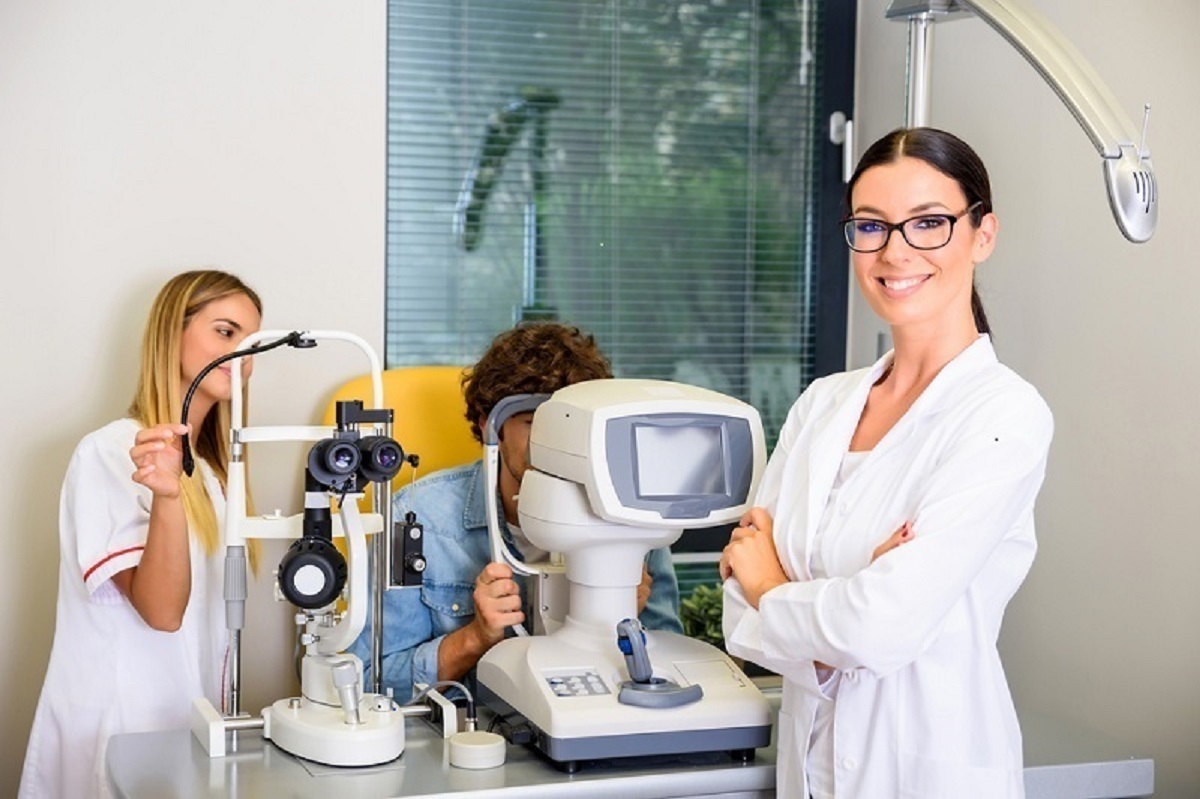
Can you remember the last time you went through an entire day without at least one of our modern screens begging for your attention? The computers, smartphones, and televisions we crowd our lives with today are undeniably convenient, but what cost does our increasing screen-time have on our eye health? Are we paying the price with the uncomfortable and often debilitating symptoms of dry eye disease?
In this enlightening exploration, we will delve into the strides medical science has taken in the management and treatment of dry eye centre. We'll examine what's new and noteworthy in the world of dry eye therapy from the groundbreaking research of dedicated dry eye centres across the globe. After all, aren't you curious about what the future holds for dry eye sufferers?
Dry Eye Disease: A 21st Century Epidemic?
At the outset, let's clarify what dry eye centre is and why it's become such a hot topic in ophthalmic circles. Essentially, it refers to a group of conditions where either your eyes don’t produce enough tears, or they produce poor-quality ones. It might seem trivial, but anyone who has ever suffered its irritable symptoms will assure you – dry eye disease is far from a minor inconvenience.
The increasing reliance on technology in every aspect of our lives — work, social interaction, entertainment – has led to an eye health crisis of considerable proportions. Existing in a state of persistent screen attentiveness, unfortunately, leaves little time for essential blink breaks, leading to increasing complaint of dry, sore, and fatigued eyes.
Dissecting the Root Causes
It's natural to assume that looking at screens is the primary cause of dry eye centre. However, it's not that simple. Several factors contribute to this condition, including age, gender (it's more common in females), certain medical conditions, and even the environment.
According to dry eye centres, the disease is prevalent in places with high pollution levels or dry climates, indicating that our environment indeed plays a significant role in our eye health. Lifestyle, too, plays its part. For example, people who smoke or drink alcohol excessively are more likely to develop this condition.
Innovation in Treatment—The Role of Dry Eye Centres
Given the rising concern around dry eye centre, certain dedicated centres working on cutting-edge research and treatment protocols have sprung up. These speciality centres test novel therapies, manage complicated cases, and serve as a resource for both patients and doctors alike.
It is in such institutions that new drugs, like the FDA-approved Xiidra, are developed and tested. Transepithelial cross-linking, a technique originally used in managing corneal disease, is being applied as a potential dry eye treatment, providing hope to thousands of patients worldwide.
Futuristic Solutions: The Promise and Potential
The cutting-edge dry eye centre continue to innovate and push boundaries. Novel techniques like Intense Pulsed Light (IPL) therapy, originally used in dermatology, are being adapted for dry eye centre, targeting the root cause of the illness rather than merely addressing the symptoms.
Similarly, new technologies such as iLux®, a handheld device that provides personalised, targeted meibomian gland treatment, hold immense potential as future go-to solutions in managing dry eye disease.
Keeping Dry Eye at Bay: Proactive Steps
Prevention, as always, is better than cure. Simple habits like taking regular screen breaks, staying hydrated, and maintaining a healthy lifestyle can dramatically reduce dry eye centre risk. Besides, be vigilant about your surrounding environment and take necessary precautions if you live in a high pollutant or a dry climatic region.
Conclusion
As we navigate the digital age, staying informed about potential health risks becomes paramount. Conditions like dry eye, though common, can significantly affect our quality of life. Fortunately, research and innovation at dedicated dry eye centre give us hope, underlining that there's light at the end of the tunnel for those grappling with the ailment.
By keeping scores with advancements in the field and taking proactive measures, we can protect our eyes from the severe repercussions of the technology-intense world we inhabit. After all, as the old saying goes, our eyes are indeed the windows to our souls.

.png)



No comments:
Post a Comment